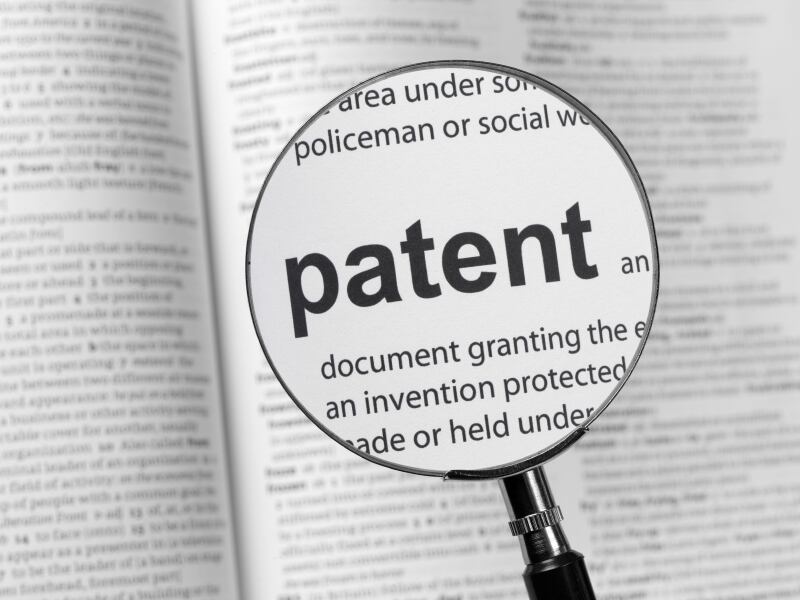Founded in 2003, HarvestPlus has coordinated the development of seven new biofortified crop varieties including zinc rice, vitamin A corn and iron beans, which have the potential to make a big dint in micronutrient deficiencies given their wide consumption in regions like Africa and Asia.
These crops bred through conventional non-GMO techniques combine high yield and nutrient-dense varieties to produce a crop with both qualities.
Yet its director Howarth Bouis says the organisation has overcome big cultural barriers to reach this point since he started “floating the idea" of biofortification back in 1993.
“Back in 1993 we were in our silos,” he told us.
Agricultural researchers were of the belief improving productivity of smallholder farmers would increase their incomes and therefore eventually improve nutrition.
“Agriculture was: ‘Ok we’re trying to raise the yields of farmers and reduce poverty, now you’re coming to us telling us we need to worry about human nutrition, we don’t need that complication in our lives. Let the nutritionists worry about nutrition.’”
When he went to the nutrition community, they didn’t want to listen either.
“They said: ‘Look we’re excited that we have these new supplementation programmes, we’re fortifying foods. We’re going to solve these problems without agriculture. We don’t need agriculture.’”
Two decades on and the two sectors are working in unison.
“It’s not perfect, but we’re trying.”
So what about the next two decades?
Bouis said he hoped there would come a point when these varieties would be the norm, which would depend on efforts to distribute the seeds to farmers and assure them their productivity would remain the same.
The facts
According to the World Health Organisation (WHO), two billion people – over 30% of the world’s population – are anaemic, many due to iron deficiency.
An estimated 17.3% of the global population is at risk of inadequate zinc intake.
Meanwhile about 250 million preschool children are vitamin A deficient and an estimated 250,000 to 500,000 vitamin A-deficient children become blind every year, half of them dying within 12 months of losing their sight.
HarvestPlus, whose biggest funder is the Bill and Melinda Gates Foundation along with international governments, aims to reach 15 million farming households with biofortified nutritious foods by 2020 meaning a total of 100 million people would have access to these foods.
By 2030 it hopes one billion people would benefit from biofortified crops, a strategy Bouis said could work alongside fortification of processed foods and international development to raise standards of living and therefore diet diversity.
Key to this project was the democratisation of the seeds developed.
IP-free seeds
“It’s a basic tenant. We’re given funding by these public agencies and we want all of our products and varieties we generate to be in the public domain. It’s the basic foundation of how we work,” he said.
HarvestPlus is part of the International Food Policy Research Institute (IFPRI) and one of the programmes of the Consortium of International Agricultural Research Centres (CGIAR).
“The only thing we try and prevent is some private company capturing exclusive rights. So you develop these varieties and private companies are free to have access to those varieties. Seed companies are free to have access to those varieties. But what we want to prevent is that somehow a single company gets exclusive rights to a particular variety.”
Preventing this could mean court action.

“If they start claiming, you basically bring it to their attention that they have no legal right to claim the patent and if they do then you take them to court, basically. But this happens rarely so it’s not like we’re in litigation all the time.”
He cited the example of a case involving one CGIAR organisation, the International Center for Tropical Agriculture in Colombia (CIAT), whereby an American man attempted to patent seeds for a variety of widely-consumed yellow beans (Phaseolus vulgaris) christened by the claimant as the ‘Enola bean’.
In 2008 the US Patent and Trademark Office (USPTO) overturned protection granted in 1999 after years of court battling.
CIAT director general Geoffrey Hawtin, who fought the patent for seven years, said in a release at the time: "For several years now, farmers in Mexico, the USA and elsewhere have unnecessarily endured legal threats and intimidation for simply planting, selling or exporting a bean that they have been growing for generations."
Under HarvestPlus seed companies, NGOs and governments are welcome to use the seeds it develops, but no-one has exclusive rights to them.
